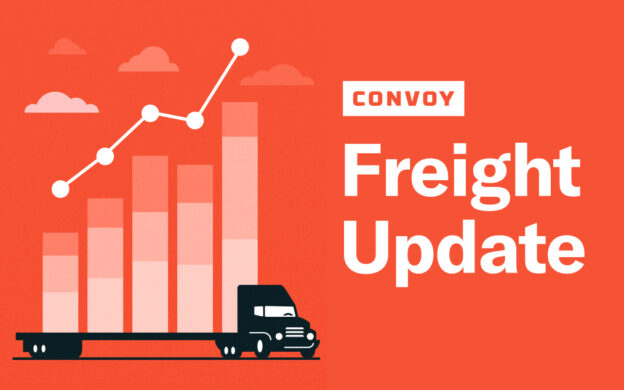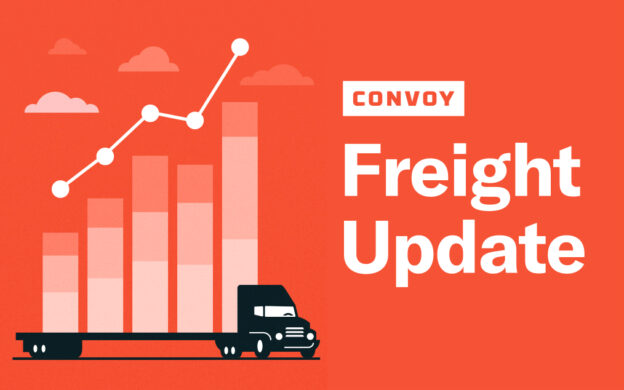The freight labor market: Hiring doesn’t get easier from here
Freight Research • Published on July 2, 2021
June jobs data published this morning by the Bureau of Labor Statistics confirmed what many in the freight industry fear: There is no easy fix to trucking’s labor woes.
Private payrolls grew by 850,000 — stronger than most already-optimistic forecasts had anticipated; the unemployment rate and labor force participation rate were essentially unchanged. Trucking industry payrolls grew by 6,400 jobs (seasonally adjusted) — the biggest monthly increase reported so far this year, but still below the pace of job gains from last fall and 36,000 jobs (2.4 percent) below pre-pandemic levels. Trucking industry payrolls for May were also revised slightly higher.
June was a solid month, but hiring probably doesn’t get any easier from here. Here are our key takeaways from this morning’s (and other recently published) trucking labor market data.
No smoking gun yet on work disincentives from federal benefits
The June payrolls data offer the first glimpse at how the labor market is performing since 25 states ended pandemic-era extended unemployment insurance benefits. We’ll have to wait about two weeks until the BLS publishes state-level industry employment data for June, but the preliminary May numbers don’t indicate any particularly pronounced easing of hiring conditions in states that had announced plans to cut benefits. We tested seasonally adjusted monthly payroll growth from April to May in states that had and had not announced benefit cuts for truck transportation, retail, construction, and food service businesses. None showed a statistically significant difference.
Blame Boomers for soft labor force participation
Another recurring question in recent months has been when — if ever — labor force participation will bounce back. After recovering from the lows touched during the chaotic first three months of the pandemic, the labor force participation rate has stagnated since last summer, hovering near levels last seen in the late 1970s prior to the entry of Baby Boomer women into the labor market.
Since last summer, labor force participation has been essentially unchanged for prime working age adults (25-54 years old), but has deteriorated markedly and is down nearly a full percentage point for older adults age 55-plus. That decline adds up to nearly half a million fewer active workers over the past year.
Trucking wage gains look modest after inflation
Freight industry headlines have hyped trucker pay gains for months now, but the data are less impressive.
The average hourly wages reported by the BLS in the Monthly Employment Situation report aren’t designed to measure longitudinal wage gains since they are vulnerable to composition shifts; but since employment has been relatively stable during the first half of 2021 in the trucking industry, this is less of a concern. By that measure, hourly wage gains for frontline transportation industry workers have barely kept pace with core inflation over the first half of 2021. By contrast, at past freight market peaks, transportation industry wages have grown anywhere from 2.5 to 3 percentage points above core inflation.
Of course, reported wages don’t include one-time bonuses — but for the moment, wage gains are probably doing more to drive churn than to attract new entrants.
Productivity to the rescue
We’ve previously noted how hiring conditions are somewhat less constrained at local trucking firms than at long-haul trucking firms. Data released in mid-June suggests that it’s not purely a supply-side phenomenon: Annual labor productivity data from the BLS showed that labor productivity improved 4.5 percent in 2020 at local carriers, but deteriorated by 0.2 percent at long-haul carriers. It’s intuitive that the carriers with larger productivity gains would be faster growing.
View our economic commentary disclaimer here.


